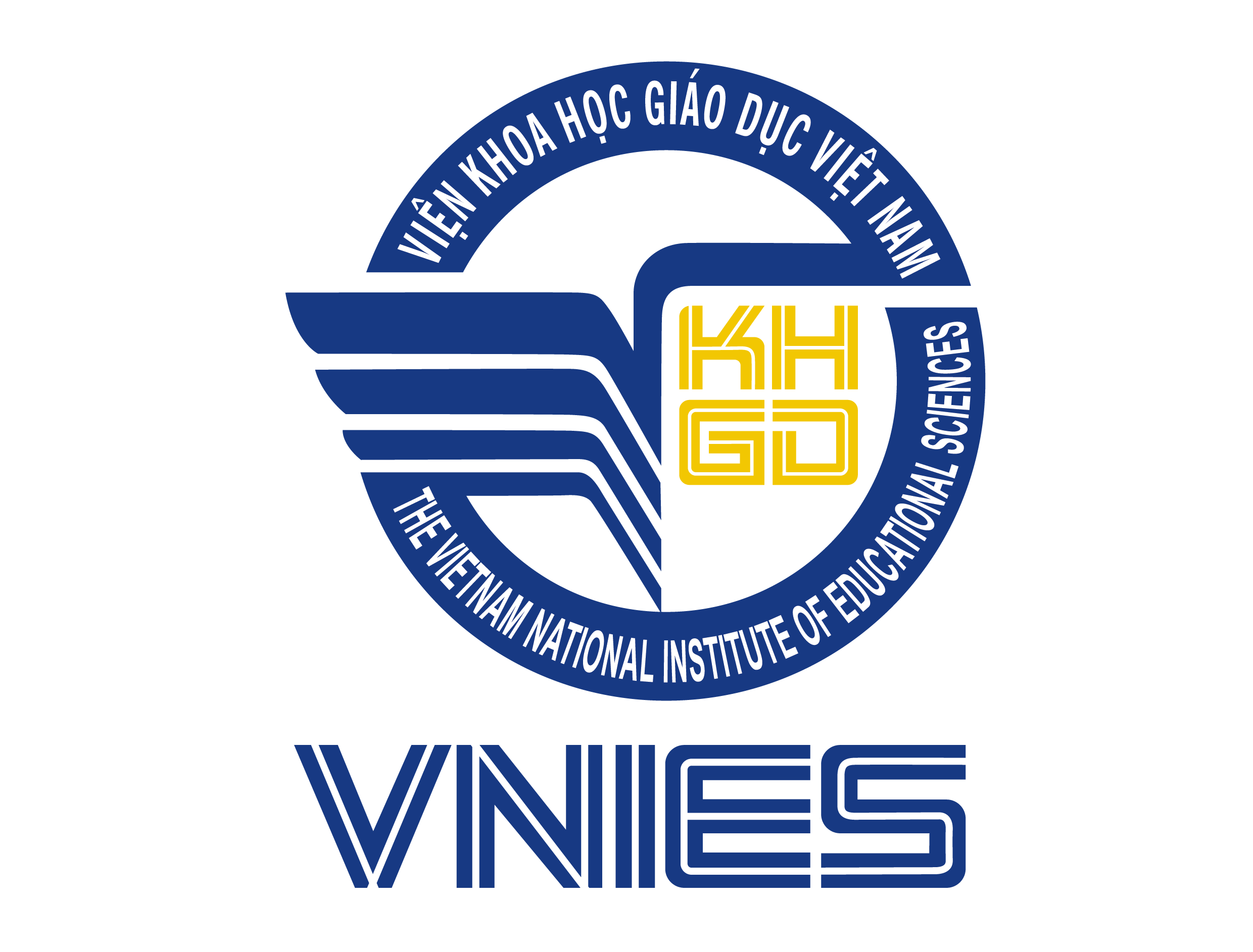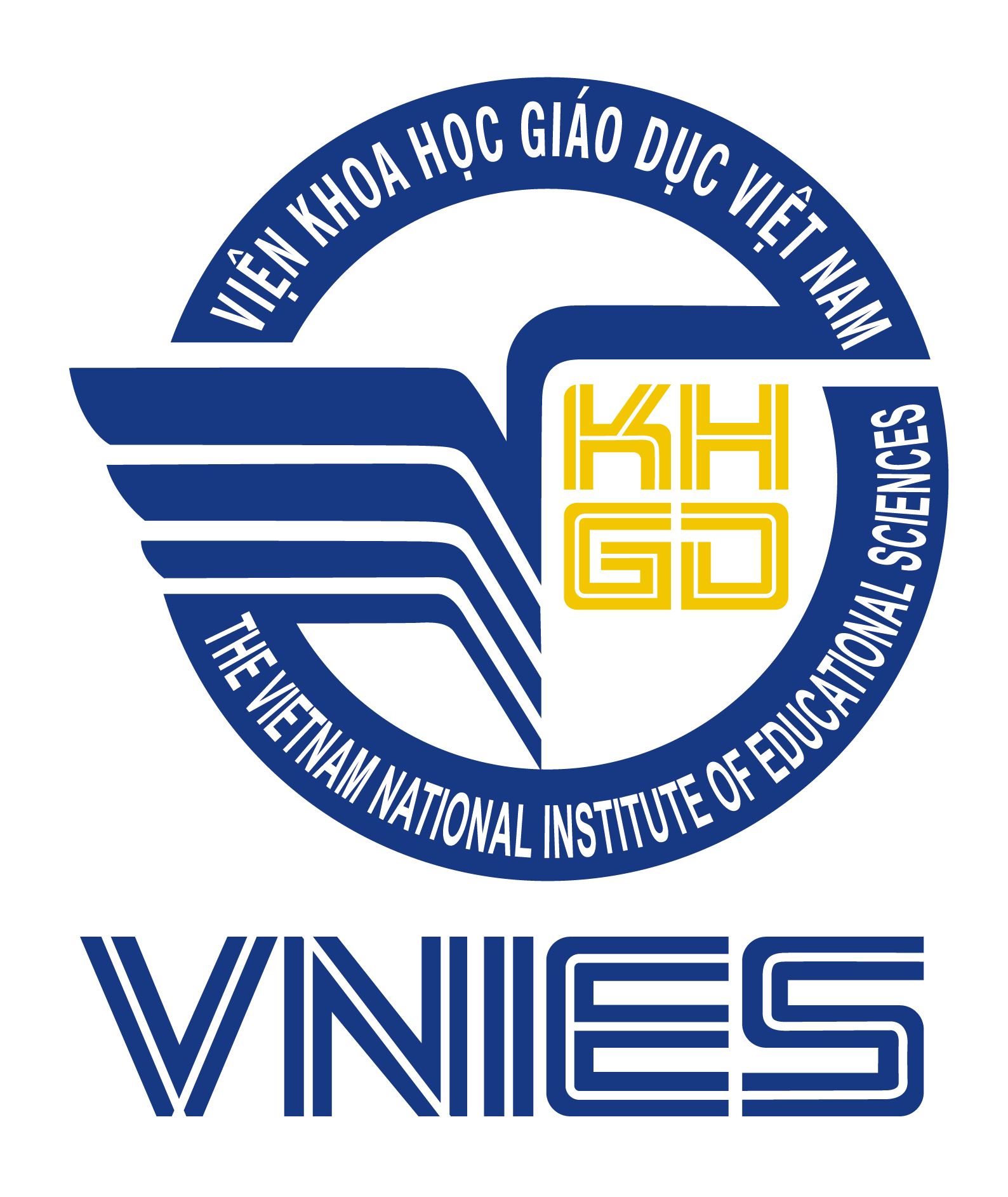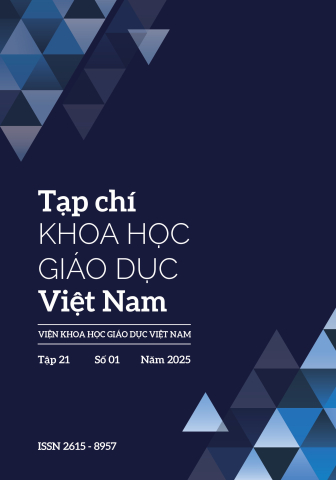[1] Anderson, L. W., & Krathwohl, D. R. (Eds.). (2001). A taxonomy for learning, teaching, and assessing: A revision of Bloom’s taxonomy of educational objectives.
[2] Axelsen, M., & Bonner, S. (2023). We don’t teach students to use a slide rule in a world of calculators. Times Higher Education.
[3] Ayanwale, M. A. (2023). Evidence from Lesotho Secondary Schools on Students’ Intention to Engage in Artificial Intelligence Learning, 1-6.
[4] Bloom, B. S. (1971). Taxonomy of educational objectives: The classification of educational goals: By a committee of college and university examiners. David McKay.
[5] Bộ Giáo dục và Đào tạo. (2008). Quy định Đạo đức nhà giáo.
[6] Bye, R. T. (2018). A flipped classroom approach for teaching a master’s course on artificial intelligence. Computers Supported Education: 9th International Conference, CSEDU 2017, Porto, Portugal, Revised Selected Papers, 9.
[7] Celik, I., Dindar, M., Muukkonen, H., & Järvelä, S. (2022). The promises and challenges of artificial intelligence for teachers: A systematic review of research. TechTrends, 66(4), 616-630.
[8] Coursera. (2025). Artificial intelligence in education for teachers. Retrieved January 29, 2025.
[9] Department of Education. (2023). Australian framework for generative artificial intelligence in schools. Australia: Department of Education.
[10] Ding, A.-C. E., Shi, L., Yang, H., & Choi, I. (2024). Enhancing teacher AI literacy and integration through different types of cases in teacher professional development. Education Open, 6, 100178.
[11] Elements of AI. (2025). Learn the basics of artificial intelligence for free. Retrieved 20.01.2025.
[12] Hrastinski, S., Olofsson, A. D., Arkenback, C., Ekström, S., Ericsson, E., Fransson, G., ... & Utterberg, M. (2019). Critical imaginaries and reflections on artificial intelligence and robots in postdigital K-12 education. Postdigital Science and Education, 1, 427-445.
[13] Huang, A. Y., Lu, O. H., & Yang, S. J. (2023). Effects of Artificial Intelligence–Enabled Personalized Recommendations on Learners’ Learning Engagement, Motivation, and Outcomes in a Flipped Classroom. Computers & Education, 194, 104684.
[14] Kim, K., & Kwon, K. (2023). Exploring the AI competencies of elementary school teachers in South Korea. Computers and Education: Artificial Intelligence, 4, 100137.
[15] Li, B., & Peng, M. (2022). Integration of an AI-Based Platform and Flipped Classroom Instructional Model. Scientific Programming, 2022(1), 2536382.
[16] Microsoft. (n.d.). AI in education. Retrieved 29.01.2025, from https://www.microsoft.com/vi-vn/ education/ai-in-education
[17] Moorhouse, B. L., Kohnke, L., & Chiu, T. K. (2024). Developing a Context-and Subject-Specific Professional Digital Competence Framework for Beginning English Language Teachers in Hong Kong. The Asia-Pacific Education Researcher, 33(5), 1105-1115.
[18] Moorhouse, B. L., Wan, Y., Wu, C., Kohnke, L., Ho, T. Y., & Kwong, T. (2024). Developing language teachers’ professional generative AI competence: An intervention study in an initial language teacher education course. System, 125, 103399.
[19] Ng, D. T. K., Leung, J. K. L., Chu, S. K. W., & Qiao, M. S. (2021). Conceptualizing AI literacy: An exploratory review. Computers and Education: Artificial Intelligence, 2, 100041.
[20] Ng, D. T. K., Lee, M., Tan, R. J. Y., Hu, X., Downie, J. S., & Chu, S. K. W. (2023). A review of AI teaching and learning from 2000 to 2020. Education and Information Technologies, 28(7), 8445-8501.
[21] UNESCO. (2018). UNESCO ICT competency framework for teachers (Version 3.0).
[22] U.S. Department of Education, Office of Educational Technology. (2023). Artificial intelligence and future of teaching and learning: Insights and recommendations.
[23] Vazhayil, A., Shetty, R., Bhavani, R. R., & Akshay, N. (2019, December). Focusing on teacher education to introduce AI in schools: Perspectives and illustrative findings. In 2019 IEEE tenth international conference on Technology for Education (T4E), 71-77.


